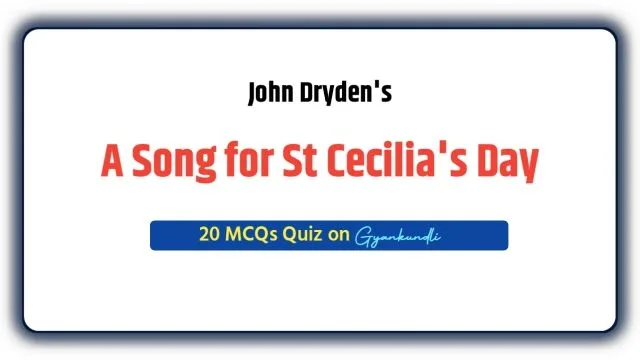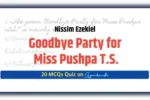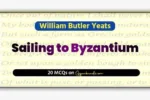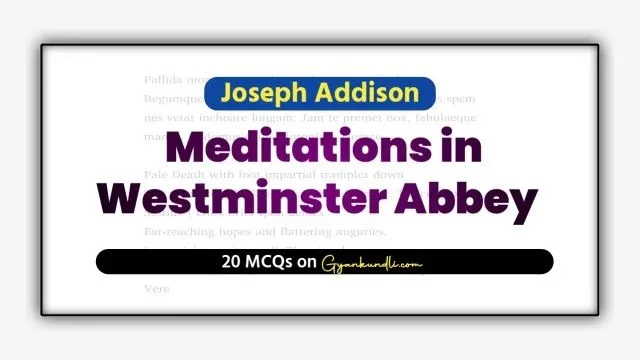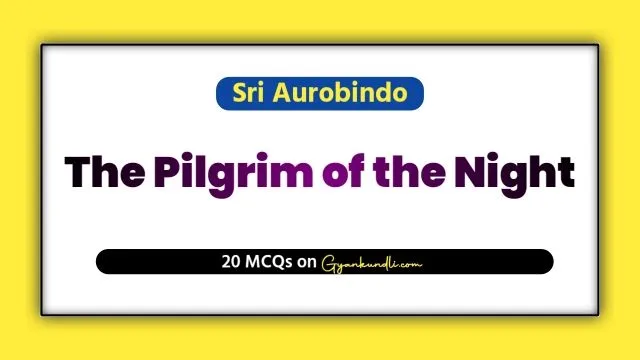A Song for St Cecilia’s Day MCQ Quiz : John Dryden’s A Song for St. Cecilia’s Day (1687) is one of the finest examples of a musical ode in English literature. It was written in honour of St. Cecilia, the patron saint of music. The poem celebrates the divine origin of music and its power to move human emotions and connect man with heaven.
The poem begins with a reference to the “Heavenly harmony” that existed at the time of creation. Dryden believes that music is not just a human art, but a divine force that reflects the harmony of the universe. God created the world through musical sound, and this same music continues to live in nature and the human soul. The poet beautifully connects music with cosmic order, showing how sound can bring peace and joy.
Dryden describes how different musical instruments represent various human emotions. The trumpet excites the spirit of war, the flute expresses love and tenderness, the violin arouses anger and passion, and the organ lifts the soul to heaven. In this way, each instrument has its own power to awaken specific feelings.
Towards the end of the poem, Dryden praises St. Cecilia, who is believed to have invented the organ and introduced sacred music into Christian worship. He says that when Cecilia played her heavenly music, even the angels were moved and descended to listen. The poem concludes with the idea that on the Day of Judgment, when the world will end, the last trumpet will again sound the divine music, uniting earth and heaven in perfect harmony.
This ode is written in a grand and rhythmic style, full of musical imagery and emotional power. It reflects Dryden’s belief in the moral and spiritual influence of music. Through this poem, he celebrates the connection between art, religion, and the divine order of the universe.
Text of A Song for St Cecilia’s Day
A Song for St Cecilia’s Day Quiz
Discover more from Gyankundli
Subscribe to get the latest posts sent to your email.
